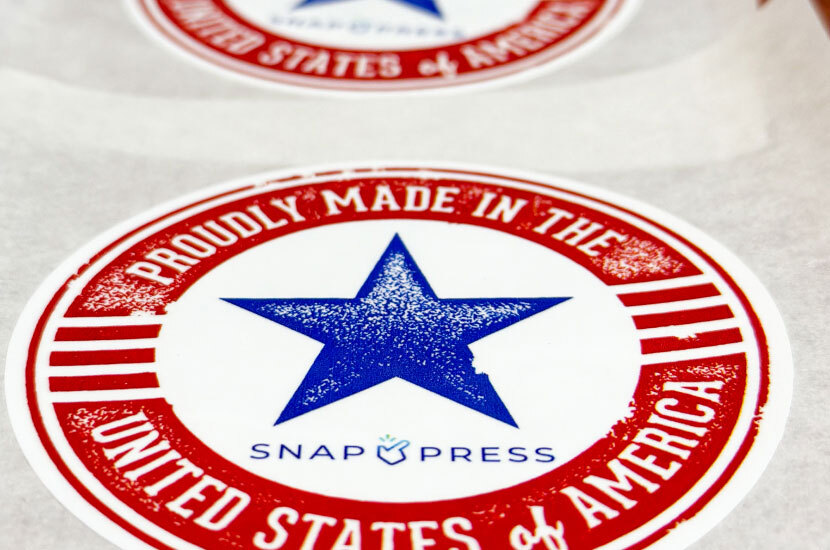
Overview of HP and Traditional Print Heads
While there are many different brands in the digital label press market, most short-run machines rely on one of two core print technologies: HP thermal inkjet or the traditional waterfall inkjet technology. Understanding how these engines differ is key to knowing what you’re really buying.
Traditional Print Head Technology
Most short-run printers on the market use a single-pass, waterfall-style inkjet head to deliver ink rapidly across the substrate. This technology allows for compact machine designs and often comes with a lower upfront price point. However, users frequently report issues with clogging, inconsistent ink dispersion, and shorter printhead life. These machines may require more regular cleanings or replacement components, adding to maintenance costs over time.
If a traditional printhead is down, that means a technician will need to come to your print shop for maintenance, resulting in 100% downtime and lost revenue for your company. In a production environment where every hour counts, that kind of disruption isn’t just inconvenient; it can delay customer orders, damage your reputation, and cut directly into your profitability.
HP Print Head Technology
HP’s thermal inkjet systems are built for high-resolution image quality, durability, and consistent performance. Their architecture centers on robust printheads engineered to resist clogging and withstand higher operating demands. As a result, HP-based label presses typically offer sharper graphics, longer printhead life, and require less frequent intervention from operators, even in high-volume outputs.
Building on this foundation, the SnapPress LP-1 takes reliability a step further. Its replaceable print engine eliminates the need for lengthy service calls, minimizing downtime and keeping production on track. Combined with real-time monitoring and an “Instant Help” button for immediate support, the LP-1 is designed to keep your operation moving, protect your margins, and give you confidence in every print job.
The Bottom Line
HP tends to lead in quality, longevity, and reliability, while traditional systems are often positioned as budget-friendly entry points. The right choice ultimately comes down to how heavily you plan to run the press, and whether you prioritize long-term performance or short-term savings.
The SnapPress LP-1, built on HP technology, delivers exceptional performance with 1200 × 1200 dpi resolution and print speeds up to 90 feet per minute, outperforming many competitor machines that top out around 60 fpm. Paired with a wide color gamut that enables vibrant Pantone simulation, the LP-1 offers the largest range in its class.
Maintenance is just as streamlined; HP printheads can be swapped in minutes, keeping downtime close to zero. With intelligent supply management, the LP-1 remotely monitors toner usage and ships replacements exactly when needed, minimizing waste and ensuring uninterrupted production.
It’s why snap decisions aren’t risky when you’ve got SnapPress: performance, quality, and support are all built in and manufactured in the USA. Want to see how the LP-1 could integrate into your current fleet? Book a demo today to explore specs, pricing, and workflow configuration.






